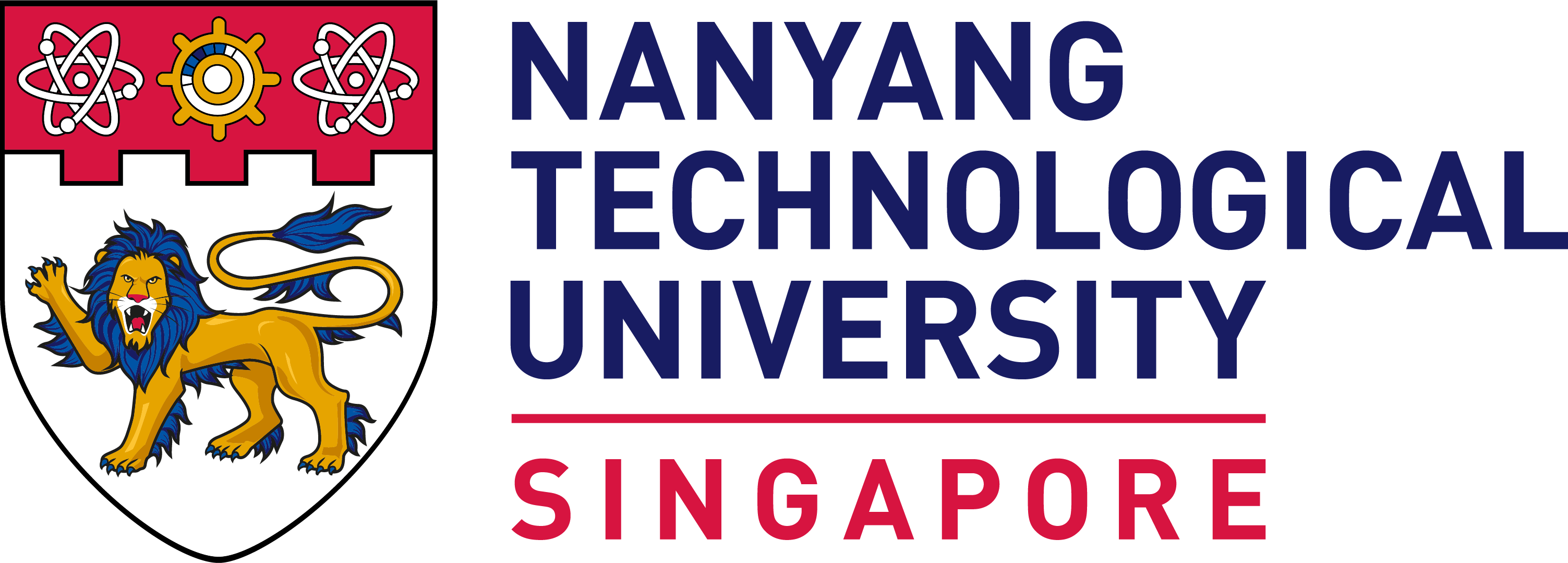Special Feature on COFT: Fibre Drawing Tower
Funding for this million-dollar equipment was contributed generously by the Agency for Science, Technology and Research (A*STAR), one of TPI’s research partners.
Delivered in Apr 2014 and commissioned in Aug 2014, the tower is 8.5m tall (equivalent to 3 storeys) and the first of its kind in Singapore, capable of drawing fibres at a rate of up to 200m/min.
The outer diameter of the fibres drawn from this tower can range from as small as 80um, to as large as 800um (prior to application of coating).


In achieving the desired fibre diameter and fibre tension, the tower operator needs to have good control of 3 key parameters: the furnace temperature, the rate at which preform is fed into the furnace (preform feed speed) and the rate at which the fibre is being pulled from the tower (fibre draw speed).

A unique feature of this tower is that it is dual-sided, allowing for a variety of preforms to be drawn into fibres.
Side 1 is equipped with a graphite resistance furnace, capable of reaching temperatures of up to 2500 OC and is designed to draw silica preforms with diameters ranging from <5mm to 30mm.
Side 2 is equipped with 2 furnaces – a graphite resistance furnace and a softglass furnace, used interchangeably and designed to draw silica canes/capillaries and softglass (chalcogenide, fluoride, heavy metal oxide and tellurite) fibres respectively.

The drawn fibres are coated with a layer of polymer coating for protection from moisture and physical damage. Depending on the fibre application, the coating applied may either be a low-index or high-index coating.
The coating is cured onto the fibre by means of a UV curing oven, before it is then drawn onto a bobbin for storage and transportation purposes.

For more information on COFT and its centre facilities, click here.














/enri-thumbnails/careeropportunities1f0caf1c-a12d-479c-be7c-3c04e085c617.tmb-mega-menu.jpg?Culture=en&sfvrsn=d7261e3b_1)

/cradle-thumbnails/research-capabilities1516d0ba63aa44f0b4ee77a8c05263b2.tmb-mega-menu.jpg?Culture=en&sfvrsn=1bc94f8_1)



